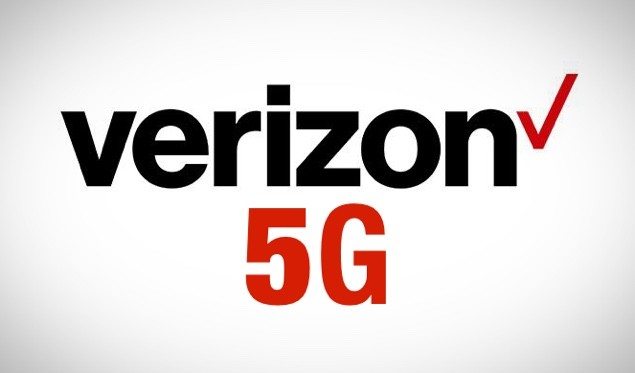BRANCHBURG, N.J.– Verizon Communications is proceeding with planned trials of fixed wireless service that utilize millimeter wave, and exploring the engineering and testing challenges that come along with figuring out the best ways to assure and deliver a new service with new technology.
At last week’s 5G Innovation Summit, representatives from Verizon provided some insights into the set-up and progress of the millimeter wave testing. Krishnamurthy Sreenath and Howard Tang of Verizon’s “5G” network planning and strategy operations, pointed to the work that Verizon has done through establishing its 5G Technical Forum to work with vendors on developing a platform for fixed wireless trials using millimeter wave spectrum. The Samsung router which will support the fixed wireless service won recognition from PC Magazine at this year’s Mobile World Congress. Verizon would like to see the ecosystem grow, Sreenth added, and the software-centric environment of 5G means that new vendors have the opportunity for easier and faster integration with new systems.
Verizon’s 5G-related preparation testing in conjunction with its trials has included assessing how well millimeter wave transmissions penetrate common housing materials.
“If you put devices behind a regular wall, you can still get some promising coverage,” Tang said. However, he added that low emissivity glass (often used in high-efficiency windows) “is basically a killer. … You don’t want to put devices behind it.”
Tang described a set-up of “structured and systematic outdoor-to-indoor testing” in the field that involves three to hour clusters of end points to create small areas of coverage and assess coverage conditions with targeted single family homes or multi-dwelling units across multiple types of topographies. He noted that since the trials involved fixed wireless, they have a simpler architecture because they do not require full mobility or tracking error updates.
“As long as you have good penetration and good coverage, we can get to gigabit throughput,” Tang said. Watch an excerpt from Sreenath and Tang’s presentation at the 5G Innovation Summit below:
[embedyt] https://www.youtube.com/watch?v=GsSrl-7Im7M[/embedyt]

